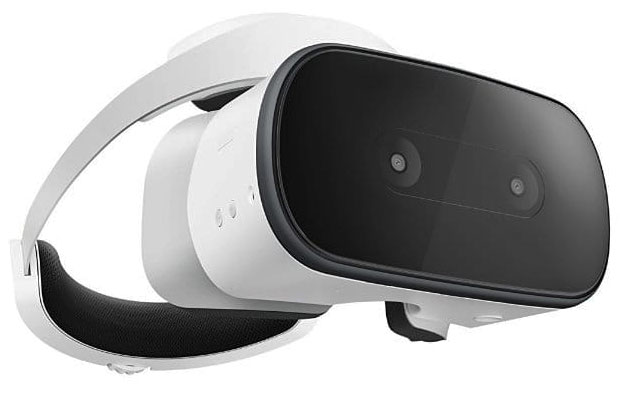Google's Daydream platform really looked interesting at launch, but it has been kind of problematic in terms of use. That is because when you place your smartphone into a carrier, it might not fit well, and you could end up with something less than ideal. The less-than-ideal part might kick in when email, phone calls, social networking alerts, or text messages come in, screwing up your experience.
The headsets Samsung designed for its phones actually are impressively good, but the fact remains that the smartphone is far more a communications device than a virtual reality showcase.
Still, this approach has proven to be a very inexpensive way to get into VR. The headsets that use the phones are cheap, some well under $20 (granted most of these are junk) so it does allow folks to get a VR experience without a huge investment.
However, if you should get hooked and want something better, the jump-up could be massive: A PC-based VR solution could cost thousands of dollars.
The market needed something in between, and the Lenovo Mirage Solo is just that.

Lenovo Mirage Solo
Lenovo has built the core components that make Daydream work into a VR headset that, while far more expensive than a smartphone holder, is far less expensive than a PC-based solution.
Unlike those PC solutions, it is untethered. I've damn near killed myself several times with the tethers on these things. You almost need someone spotting you with this stuff, so you don't literally break a leg.
This is a full Daydream implementation, so it uses Daydream content. It is far easier to set up and use than either the smartphone or PC solution, and the cost is around where the latest lower-cost group of PC connected headsets resides -- but you don't need a PC. Because the Lenovo Daydream fills a critical need for an integrated Daydream solution, it is my product of the week. 
The opinions expressed in this article are those of the author and do not necessarily reflect the views of ECT News Network.

Comments
Post a Comment